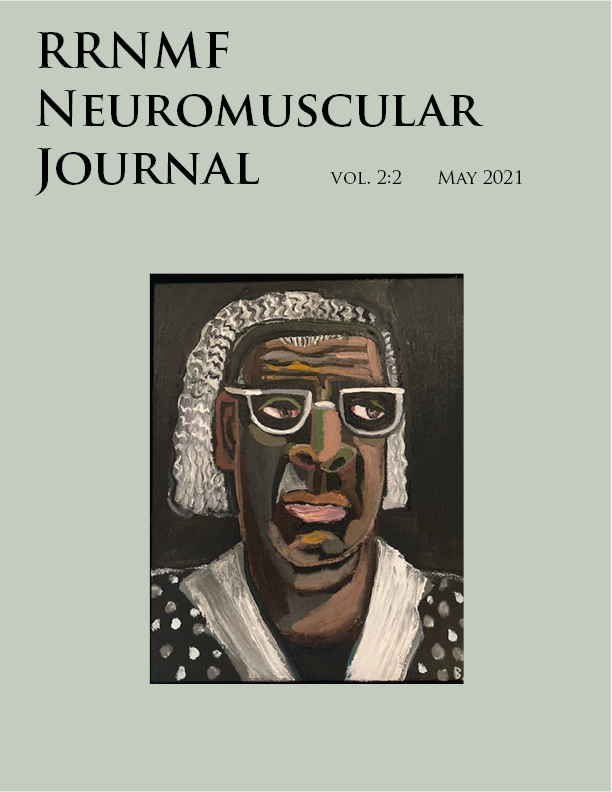Infectious Myositis
DOI:
https://doi.org/10.17161/rrnmf.v2i2.14817Keywords:
Infectious Myositis, bacterial myositis, viral myositis, fungal myositis, parasitic myositis, pathophysiologyAbstract
Infectious myositis (IM), is the infection of the skeletal muscle tissue (particularly voluntary muscle), which is characterized by swelling, pain, tenderness and/or weakness and is most commonly caused by bacteria, frequently by Staphylococcal and Streptococcal species. Acute bacterial myositis is the diffuse infection of the muscle without an intramuscular abscess. Group A Streptococcus (GAS), is the most common cause of cellulitis and various muscular infections like pyomyositis, subacute myositis, acute myositis and malignant myositis. Viral agents are the most common cause of nonbacterial infectious myositis. Among viruses, influenza is the most frequent causative agent reported to cause viral myositis. Fungal infections of the musculature are relatively uncommon; most of the cases are seen in immunocompromised patients and the diagnosis is established through biopsy with the culture of the specimens. History of food ingestion along with eosinophilia points towards a parasitic causative agent.
Downloads
Downloads
Published
Issue
Section
License
Copyright (c) 2021 Sireesha Murala, Arun Ram , Rajendran Vijayakumar, Elanagan Nagarajan

This work is licensed under a Creative Commons Attribution-NonCommercial-NoDerivatives 4.0 International License.

